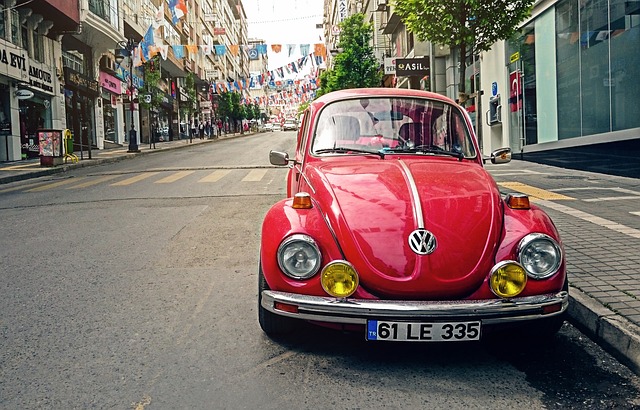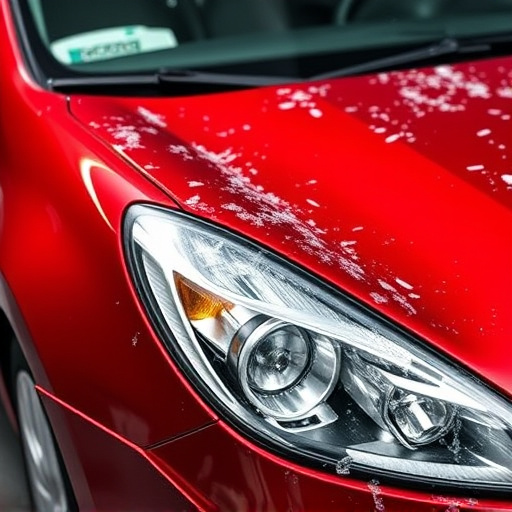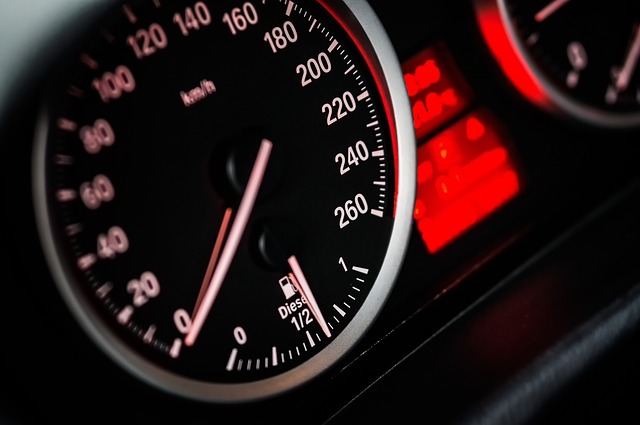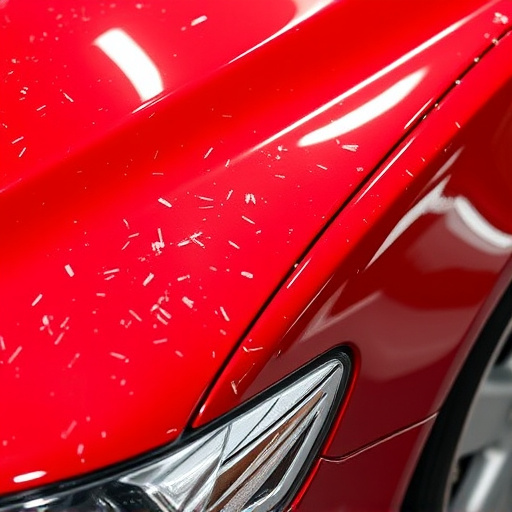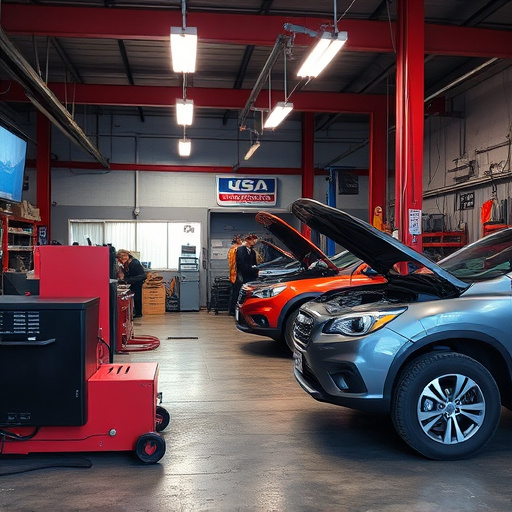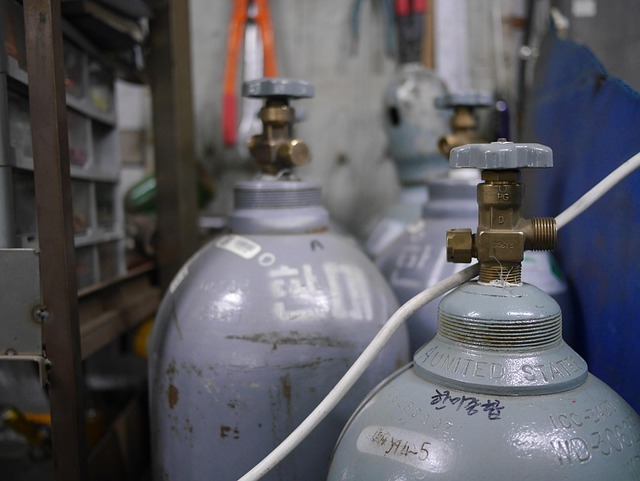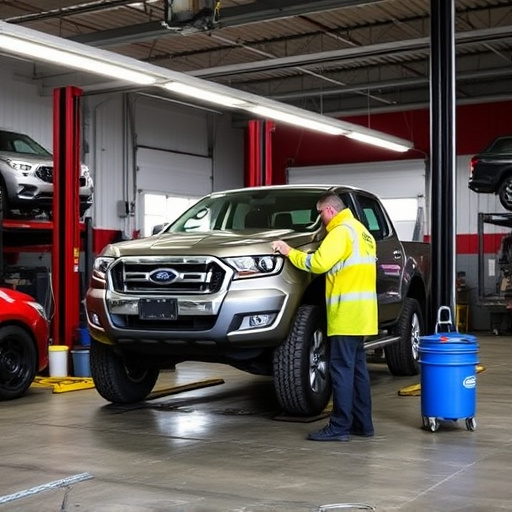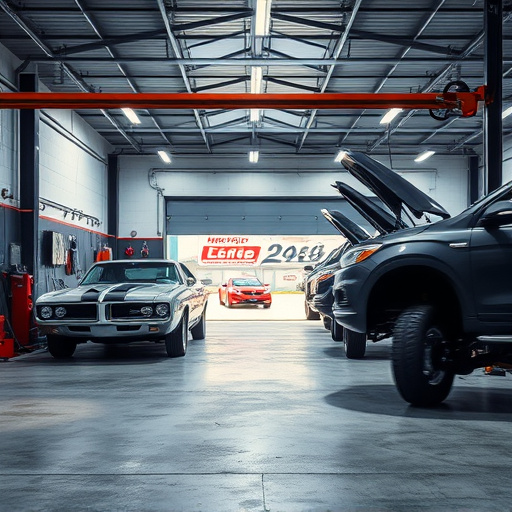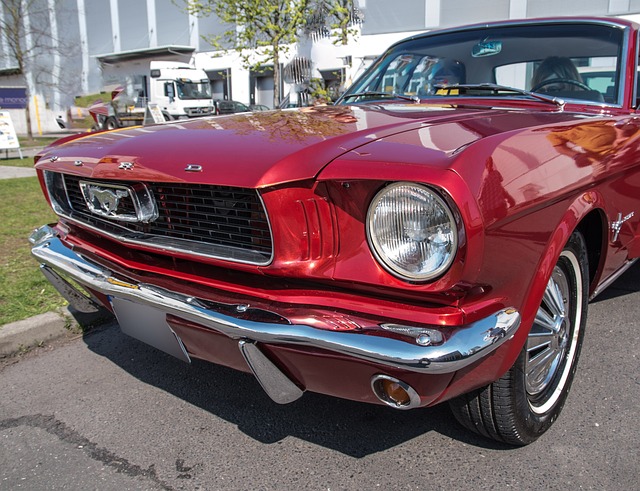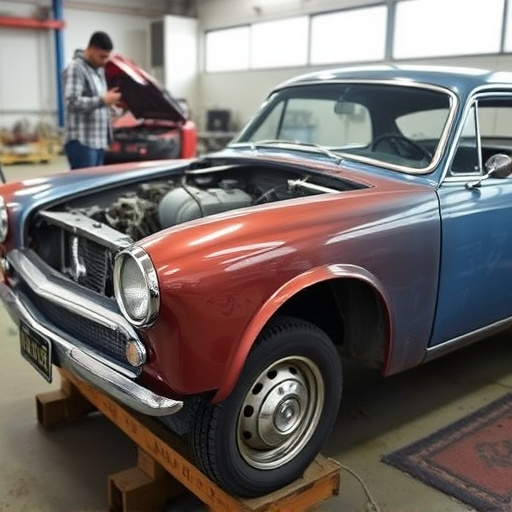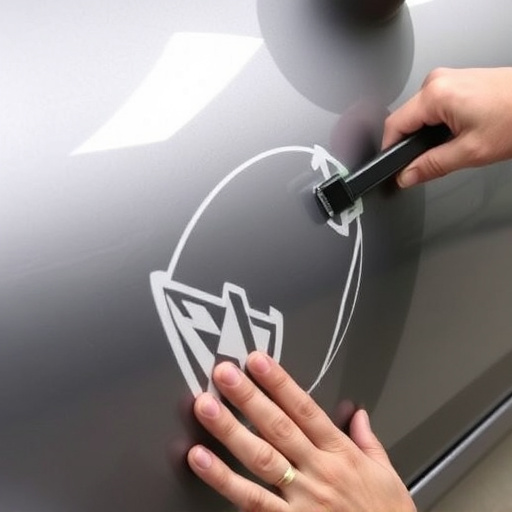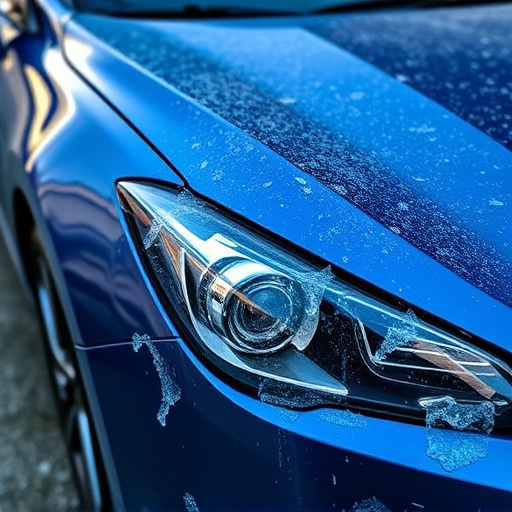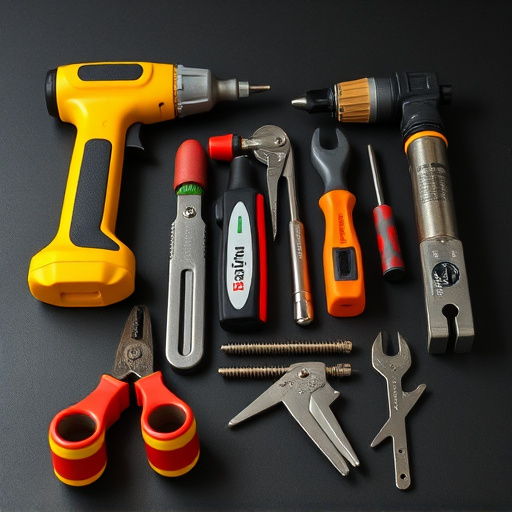Custom Color Matching in Collision Repair: Understanding paint layers (primer, intermediate coats, topcoat) is key to achieving flawless results for high-end vehicles like Mercedes Benzes. Proper selection, application, and interaction of these layers ensure seamless, accurate color matching, transforming repairs into artistic masterpieces. Techniques include using primer as a neutral base, meticulous shade selection, optimal surface preparation, and strategic layering.
“Unveiling the intricate relationship between paint layers and custom color matching accuracy is a painter’s secret weapon. In the pursuit of perfect hues, understanding how each layer interacts is crucial. This article explores the science behind ‘custom color matching collisions’ and offers strategic insights to navigate these challenges. From the initial coat to subsequent additions, learn how layering impacts color precision and discover tactics to achieve seamless, accurate matches. Enhance your custom coloring skills with this comprehensive guide.”
- Understanding Paint Layers and Their Impact on Color Matching
- The Science Behind Custom Color Matching Collisions
- Strategies for Achieving Accurate Custom Color Matches Despite Layering
Understanding Paint Layers and Their Impact on Color Matching

Understanding Paint layers is key to achieving precise custom color matching during car body restoration or Mercedes Benz repair projects. Each layer of paint serves a specific function, from primer which provides a smooth base, to intermediate coats that block out existing colors and enhance adhesion, to the topcoat that delivers the desired finish and protection. The impact of these layers on color matching is profound; missteps in application can lead to visible imperfections and a final result that deviates from the intended custom hue.
Knowing how paint layers interact is crucial for ensuring accuracy. For instance, an improper primer selection or inadequate coverage can alter the final color outcome. Similarly, failure to account for the opacity of intermediate coats might result in the original color peeking through, negating the effect of the desired custom shade. By carefully considering these factors and applying best practices specific to car restoration, professionals can achieve flawless custom color matching, transforming a mere repair into a work of art on wheels, be it a vintage Mercedes Benz or any other make.
The Science Behind Custom Color Matching Collisions

The process of custom color matching involves a complex interplay of physics and optics, particularly when it comes to collisions between different pigments and surfaces. Each layer of paint acts as a unique filter, reflecting or absorbing specific wavelengths of light. When layers are applied in a sequence, they create an intricate optical effect where the final color is influenced by the cumulative interactions of these layers. This phenomenon is akin to a kaleidoscope, where each slice and reflection contributes to the vibrant, final image.
In the context of auto glass repair or collision repair, understanding these custom color matching collisions becomes paramount. Auto repair shops often deal with intricate restoration projects, where they must precisely replicate original colors on vehicles after repairs. The science behind this involves careful consideration of how light interacts with each paint layer—from the base coat to the clear coat—to ensure a flawless, seamless finish that matches not just in hue but also in saturation and value, creating an aesthetically pleasing and durable repair outcome.
Strategies for Achieving Accurate Custom Color Matches Despite Layering

Achieving precise custom color matching in multi-layered applications is a delicate process. In scenarios like auto bodywork, dent repair, or vehicle restoration, where color accuracy is paramount, understanding how each paint layer interacts is crucial. A common challenge arises from what we call “custom color matching collision,” where the desired final shade can be affected by the underlying layers’ colors and textures.
To overcome this, professionals employ strategic techniques. One method involves using primer as a neutral canvas before applying topcoats. This ensures that each layer’s influence on the final color is minimized. Additionally, careful selection of paint types and shades, along with proper preparation of surfaces, can significantly enhance matching accuracy. In the context of auto dent repair, for instance, repairing the damage first and then meticulously matching the surrounding panels’ colors through layering ensures a seamless, factory-like finish in vehicle restoration projects.
In understanding how paint layers impact custom color matching accuracy, it becomes evident that while layering can present challenges, especially in complex compositions, strategic approaches exist. By comprehending the science behind color collisions and implementing effective strategies, professionals can achieve precise custom color matches. This ensures visual harmony and client satisfaction in various painting projects, demonstrating the importance of managing paint layers to optimize color accuracy.
